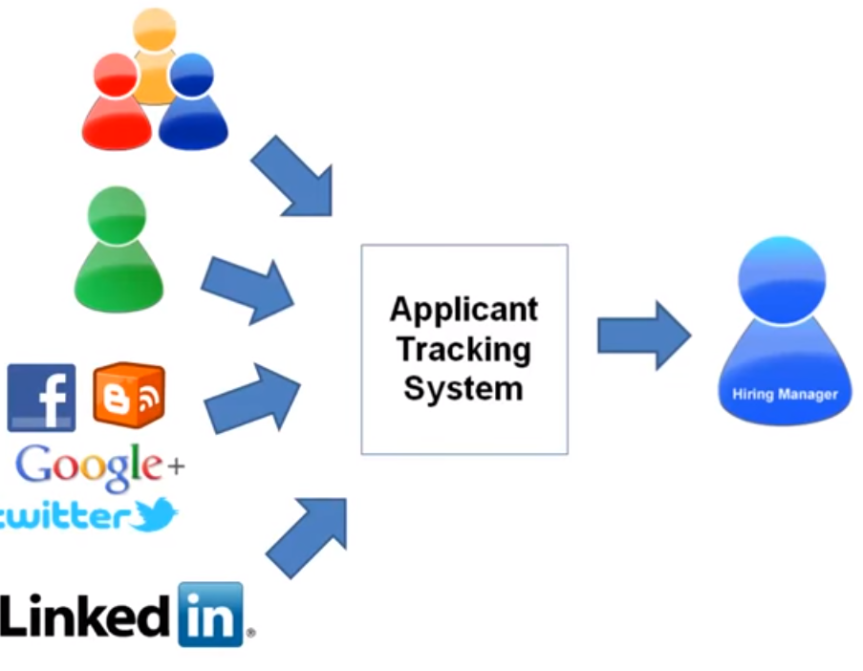
by Lise Stransky, CCDP, Careers That Work For You
What is an Applicant Tracking System?
Quite simply, it is a software application that enables the electronic handling of recruitment needs. It is used by employers to manage job openings, and screen and rank resumes from job seekers.
How do Applicant Tracking Systems work?
Once a resume is submitted to an organization, the Applicant Tracking System screens and parses it. A parser is a computer system that breaks down text into recognizable strings for further analysis. The parser then assigns meaning to the text. When your resume contains the keywords of the job the ATS will rank you higher in the search results.
Why? Why do these systems exist?
According to James Hu, founder of Jobscan, “Applicant Tracking Systems help employers save time and paper, and help them stay organized…[they] were first used by large corporations that receive thousands of applications, but smaller businesses are now using them just as frequently. Just as companies use software applications to keep track of relevant information on their customers, using similar software to organize information on prospective employees makes sense for employers.”
How has this technology changed job search?
As a career development professional and as a job seeker, I see several significant ways that Applicant Tracking Systems have impacted job search:
Who you know, and what you are known for, has become increasingly important. Not only that, but technology has demanded that we take a lot of the anonymity out of job search. Recruiters and hiring managers have access to more information than ever through social media. Networking and connecting is a critical skill necessary to beat the Applicant Tracking System.
Social Media. According to Hu, “There is social recruiting software that crawls the web for specific keywords, and the best way to get noticed is to have a social media profile that includes basic details about your education, work experience, and skills. Some ATS actually show your profile directly within your application, so it is readily available to recruiters and HR. Letting the ATS find your social profile can be beneficial and the best site for this is, of course, LinkedIn.” This has huge implications for the job seeker in managing their online presence.
Resumes must be customized with the keywords of the job posting. There is no such thing as a one-size-fits- all resume. Job seekers cannot submit one resume for every job. They need to be astute in writing a resume with the keywords listed in the job posting.
Change is constant. There are over 200 different types of Applicant Tracking Systems on the market, and that number continues to grow. The entire process of reviewing and evaluating resumes continues to evolve, impacting how applicants apply to jobs.
Sources
Hu, J. (2016, August 11). 8 Things You Need to Know About Applicant Tracking Systems [Web log post]. Retrieved Sept 7, 2017 from https://www.jobscan.co/blog/8-things-you-need-to-know-about-applicant-tracking-systems/